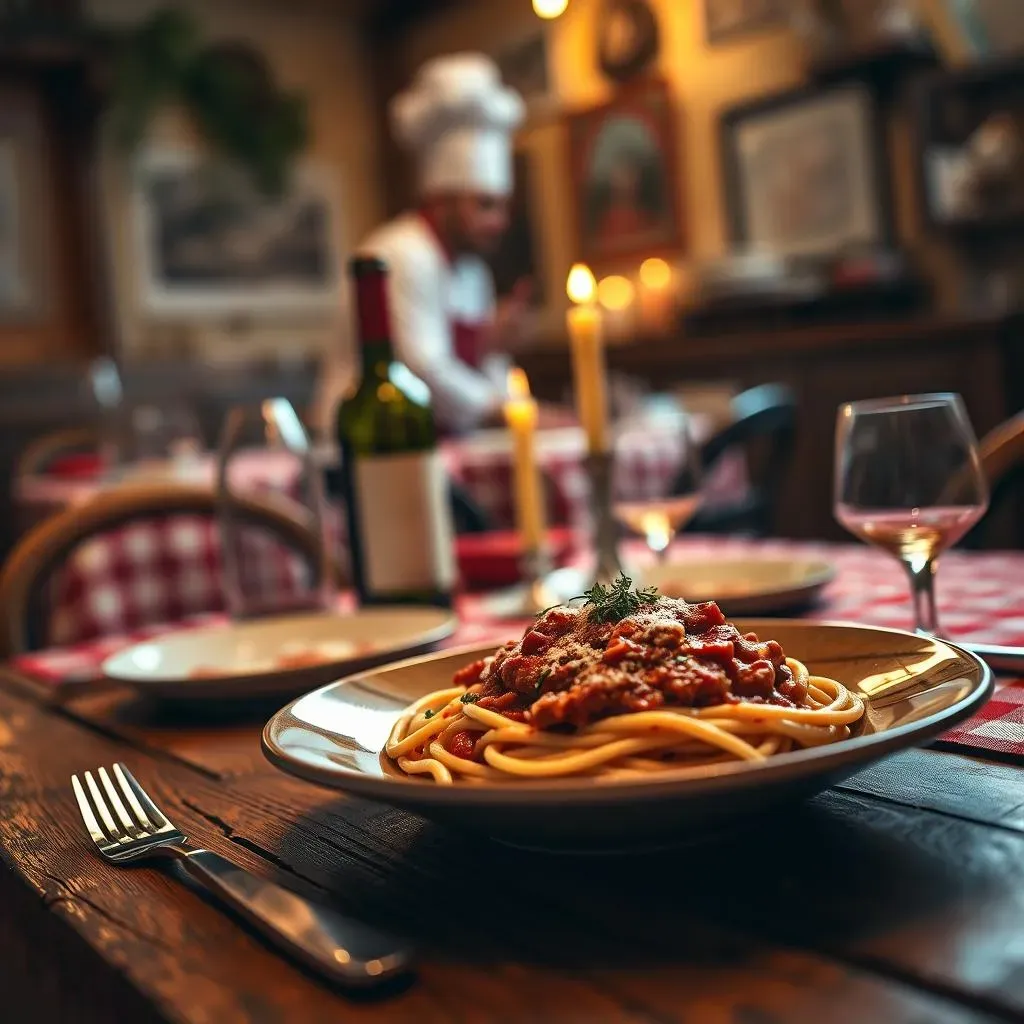Table of Contents
Do you love the taste of fresh pasta, the aroma of simmering sauces, and the joy of sharing a delicious meal? Italian food isn't just about eating; it's an experience, a culture. Imagine being able to fully immerse yourself in that experience, not just by tasting, but by understanding and speaking the language of the cuisine itself. This guide to "italian for food" will be your passport to unlocking a richer appreciation for all things culinary in Italy. We will explore essential vocabulary, from naming basic ingredients to discussing your favorite dishes. You'll learn how to talk about meals, understand regional specialties, and discover valuable resources to continue your language journey. Get ready to enhance your culinary adventures and connect with Italian food on a whole new level!
Essential Italian Vocabulary for Food
Essential Italian Vocabulary for Food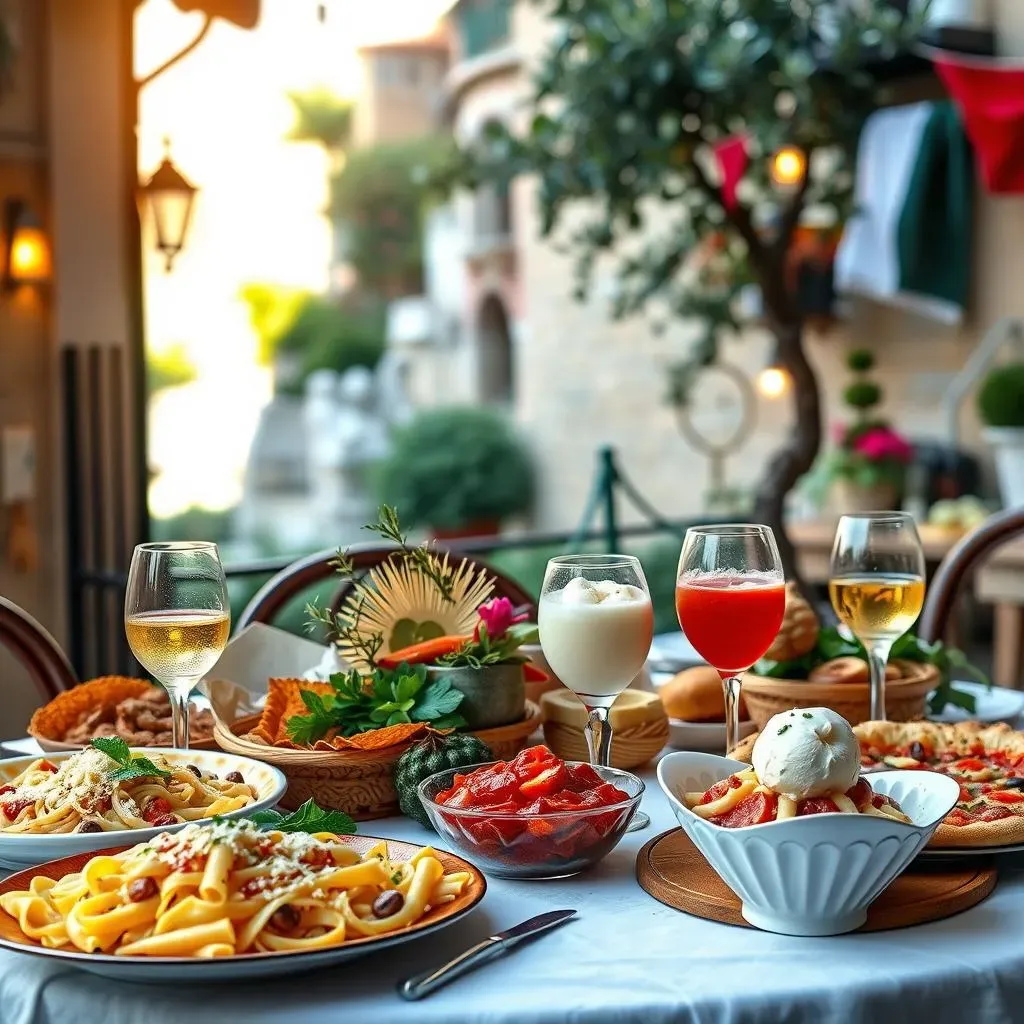
The Building Blocks: Nouns You Need
Let's get down to the nitty-gritty, the words you'll actually use when you're drooling over a menu. Think of nouns as the stars of your culinary show. You can't order *spaghetti* if you don't know what it's called, right? It's more than just knowing *pasta*; it's about distinguishing between *penne*, *fusilli*, and *farfalle*. It's like knowing the different positions on a sports team – each one has its role.
And it's not just about the main dishes. What about the supporting cast? Knowing the Italian words for vegetables (*verdure*), fruits (*frutta*), and meats (*carne*) is crucial. Imagine trying to ask if a dish has mushrooms (*funghi*) if you only know the word for "plant"! It's like trying to describe a car without knowing the words for wheels or engine – you'll get there eventually, but it'll be a bumpy ride.
Italian Word | English Translation |
|---|---|
Pane | Bread |
Acqua | Water |
Vino | Wine |
Olio | Oil |
Sale | Salt |
Pepe | Pepper |
Using Italian for Food: Talking About Meals and Dishes
Using Italian for Food: Talking About Meals and Dishes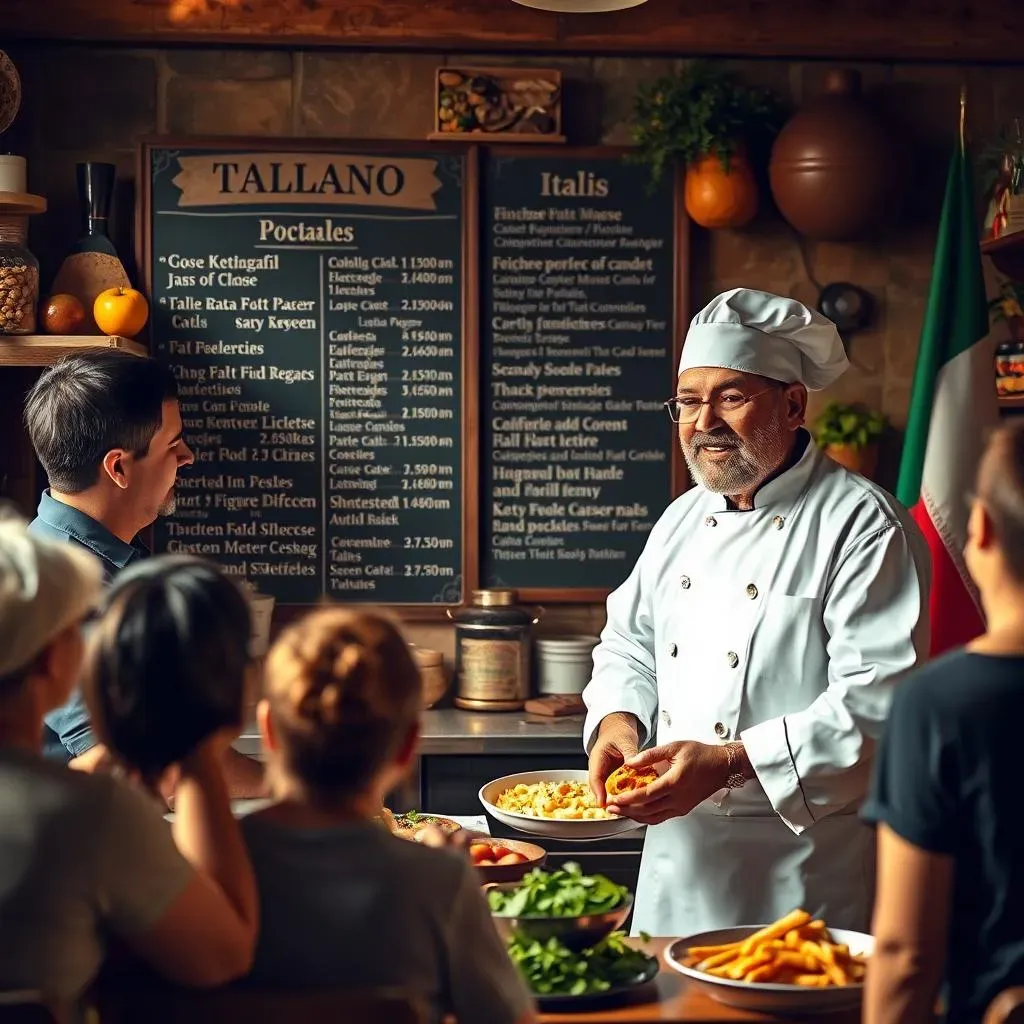
Ordering Like a Pro: Essential Phrases
Alright, so you know your *pasta* from your *pizza*. Great! But how do you actually get your hands on that deliciousness? That's where knowing some key phrases comes in. Think of it as your Italian food ordering cheat sheet. Instead of just pointing at the menu like a lost tourist (we've all been there!), you can confidently say things like "Vorrei..." (I would like...) or "Posso avere...?" (Can I have...?). It's like having a secret weapon – suddenly, you're not just a customer, you're engaging with the culture.
Knowing how to ask questions is also super important. Want to know what the "piatto del giorno" (dish of the day) is? Just ask! A simple "Cos'è il piatto del giorno?" will do the trick. It shows you're interested and open to trying new things. Trust me, the waiters appreciate it, and you might discover your new favorite meal. I remember once in Rome, I asked about the daily special, and it turned out to be the most amazing artichoke dish I'd ever tasted. If I hadn't asked, I would have missed out!
Navigating the Menu: Breakfast, Lunch, and Dinner
The Italian dining experience is often structured around specific mealtimes, and knowing the vocabulary for these is key. *Colazione* is breakfast – usually a quick affair with a *caffè* and a *cornetto* (croissant). Then there's *pranzo*, which is lunch, often a more substantial meal, and finally, *cena* for dinner, which is typically the longest and most social meal of the day. Understanding these terms helps you navigate restaurant hours and menu options. You wouldn't want to show up for *cena* at noon and be confused when they're only serving *pranzo*!
And it's not just the names of the meals. Knowing what types of dishes are common at each time is helpful too. For example, you're more likely to find a wider variety of pasta dishes and meat courses on the *pranzo* or *cena* menu than at *colazione*. Think of it like knowing the different acts in a play – each one has its own set of characters and scenes.
Meal | Italian Word | Typical Foods |
|---|---|---|
Breakfast | Colazione | Caffè, Cornetto, Biscotti |
Lunch | Pranzo | Pasta, Insalata, Panini |
Dinner | Cena | Antipasti, Primi, Secondi, Contorni, Dolci |
Describing Your Food: Taste and Texture
Once your food arrives (and hopefully it looks and smells amazing!), you might want to express how you feel about it. Knowing adjectives to describe taste and texture is essential. Is it *delizioso* (delicious)? *Saporito* (flavorful)? Or maybe it's *piccante* (spicy)? Being able to articulate your culinary experience in Italian adds another layer of enjoyment. It's like being a food critic, but for your own personal satisfaction.
You can also talk about the texture. Is the pasta *al dente* (firm to the bite)? Is the sauce *cremoso* (creamy)? These words help you communicate your preferences and understand the nuances of Italian cooking. Plus, using these terms will impress your dining companions and the waitstaff. It shows you're not just eating; you're appreciating the art of Italian cuisine. It's like speaking the secret language of food lovers!
Exploring Regional Italian Food Through Language
Exploring Regional Italian Food Through Language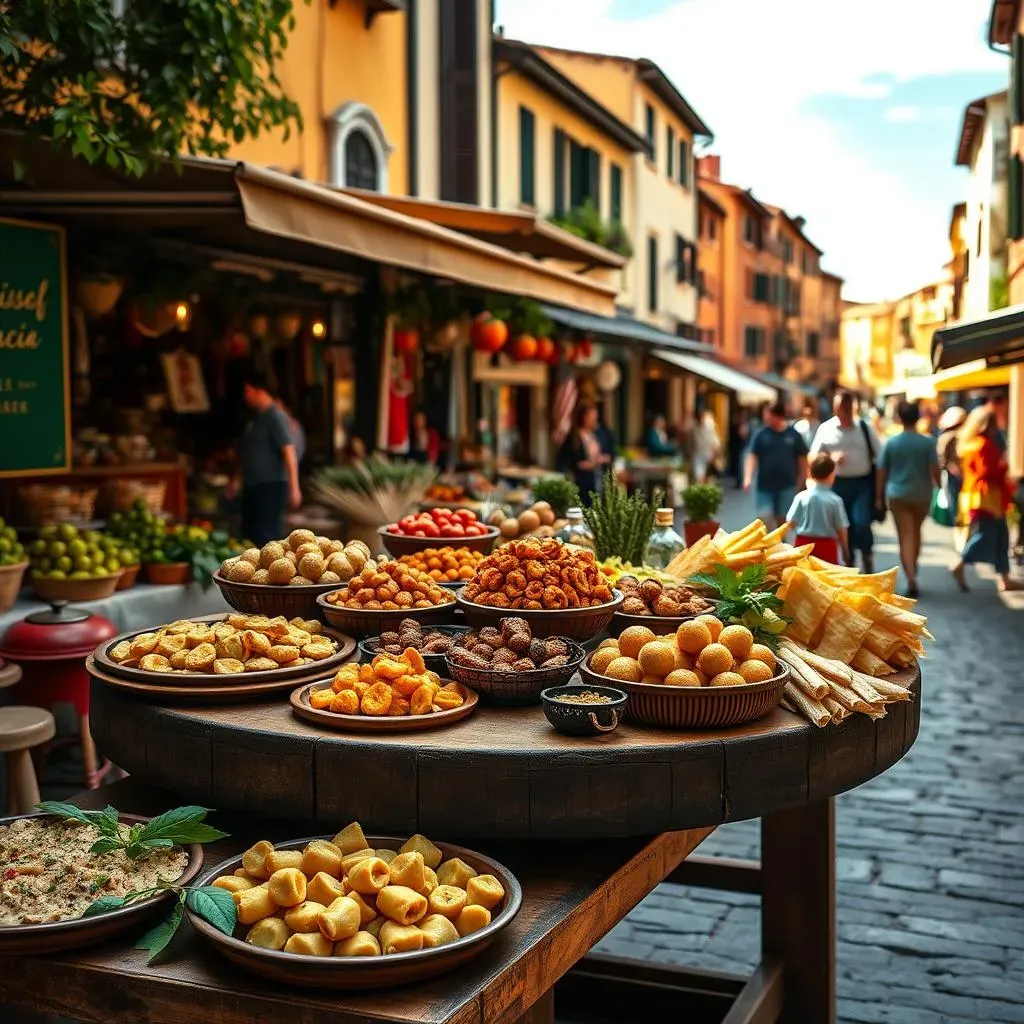
A Culinary Journey Across Italy: Regional Names
Okay, so you're getting the hang of basic Italian food words. But here's where it gets really interesting: Italy's regions are like separate culinary kingdoms, each with its own dialect of deliciousness! Knowing the regional names for dishes is like having a secret decoder ring. For instance, that yummy stuffed pasta you might know as *tortellini* in Bologna? Head south to Tuscany, and you might find something similar called *agnolotti*. It's the same family, but with a local twist. Think of it like accents – you can still understand the main language, but there are cool local variations. It adds a whole new dimension to your "italian for food" vocabulary.
Unlock Local Flavors: Understanding Regional Ingredients
It's not just the names that change; the ingredients do too! This is where understanding regional ingredients in Italian becomes super useful. Imagine you're in Sicily, and you see *arancini* on the menu. Knowing that *arancia* means orange might make you think it's a sweet dish, but surprise! These are savory rice balls. The name refers to their orange-like shape. Or think about pesto. The classic *pesto alla genovese* from Liguria is different from *pesto alla trapanese* in Sicily, which includes tomatoes and almonds. Knowing these regional specialties and their key ingredients will seriously level up your ordering game. It's like knowing the players in a local band – you get a deeper appreciation for their unique sound.
Talking Like a Local Foodie: Regional Expressions
Want to really impress the locals? Learn some regional food expressions! Each area has its own little sayings and ways of talking about food. For example, in Naples, you might hear someone say "Che pizza!", which literally means "What a pizza!", but can also be used to express amazement or delight (kind of like saying "Awesome!"). Or, if you're in Emilia-Romagna, you might hear someone talk about "la cucina della nonna" (grandmother's cooking), which signifies traditional, home-style food. Picking up these little phrases is like learning the local slang – it helps you connect with the culture on a more personal level. It shows you're not just a tourist; you're genuinely interested in their food and their way of life.
Region | Dish Example | Key Ingredient/Feature | Italian Term to Know |
|---|---|---|---|
Emilia-Romagna | Tortellini | Egg pasta, meat filling | Ripieno (filling) |
Tuscany | Ribollita | Bread and vegetable soup | Zuppa (soup) |
Sicily | Arancini | Fried rice balls | Fritto (fried) |
Liguria | Pesto alla Genovese | Basil, pine nuts, garlic | Basilico (basil) |
Resources to Expand Your Italian for Food Knowledge
Resources to Expand Your Italian for Food Knowledge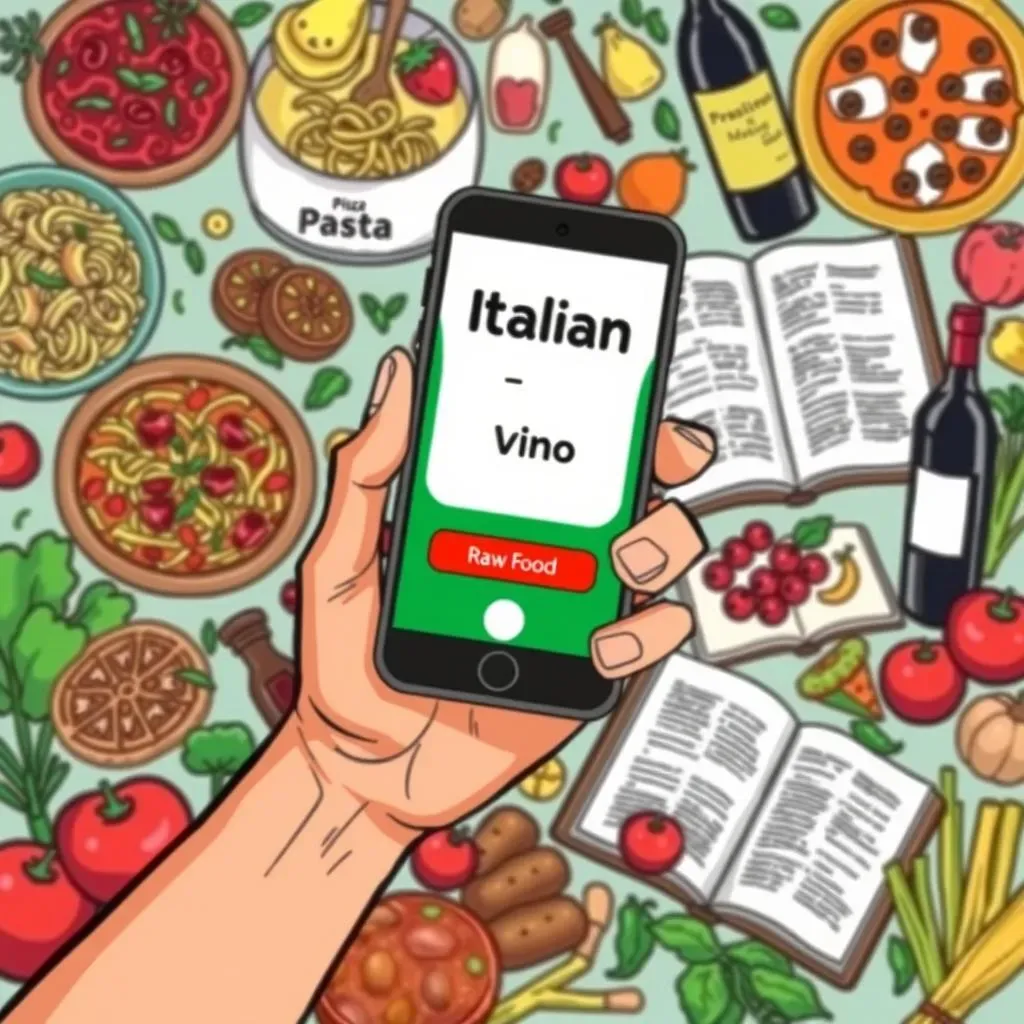
Online Treasures and Tasty Tutorials
So, you've got a taste for "italian for food" and you're hungry for more? Awesome! The internet is like a giant Italian grocery store, packed with resources to help you keep learning. Think of websites and apps as your personal Italian language chefs, ready to whip up new vocabulary and phrases whenever you need them. There are tons of free resources out there, from interactive vocabulary builders that feel like playing a game (but you're secretly learning!), to YouTube channels where you can watch actual Italians cooking and talking about food. It's like getting a free cooking class and language lesson all in one. I've spent hours watching Italian cooking shows online – it's a great way to pick up new words and get inspired in the kitchen!
Don't underestimate the power of language learning apps either. Many of them have specific sections dedicated to food vocabulary, complete with pictures and audio pronunciations. It's like having a pocket-sized Italian dictionary that speaks to you! Plus, some apps even let you practice ordering food in simulated restaurant scenarios. Talk about being prepared for your next trip to Italy! Just remember to actually try out what you learn – don't just collect vocabulary like stamps. Use it or lose it, as they say!
Cookbooks and Culinary Courses: A Recipe for Success
Want to take your "italian for food" journey offline? Grab a good Italian cookbook! Seriously, cookbooks are more than just recipes; they're a treasure trove of food-related language. Look for ones that not only list ingredients but also explain cooking techniques and maybe even share a bit of the dish's history. It's like getting a cultural lesson along with your dinner. I have a few Italian cookbooks that I love to flip through, even when I'm not planning on cooking anything. I just enjoy reading the descriptions and soaking up the language.
If you're really serious about mastering "italian for food," consider taking a culinary course focused on Italian cuisine. Many cooking schools offer classes where the instructor might sprinkle in some Italian terms, or you could even find courses specifically designed to teach you food-related Italian. Imagine learning how to make fresh pasta while also learning the Italian words for each step! It’s a truly immersive experience. Plus, you get to eat your homework. Can't beat that!
